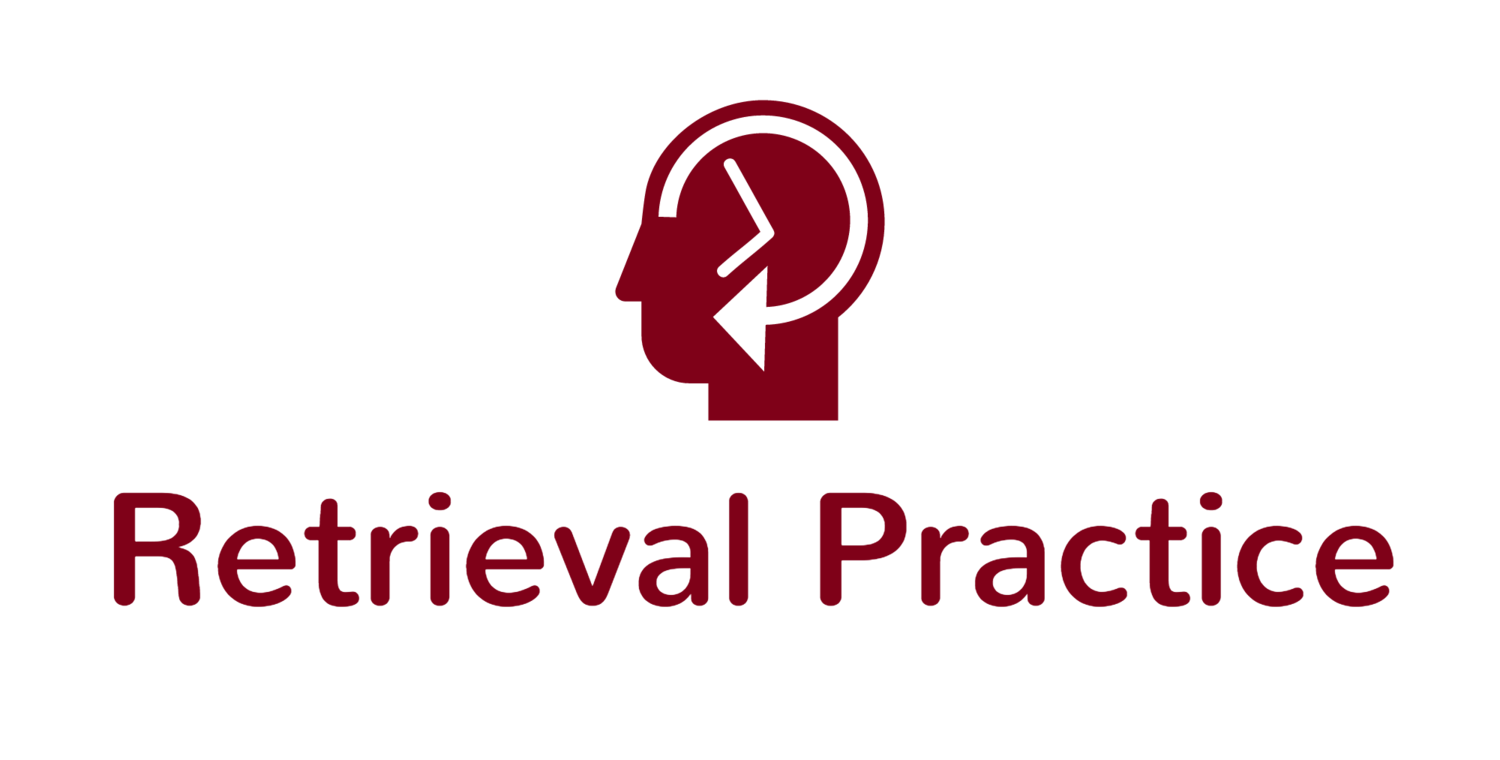Boost note-taking. Try Retrieve-Taking!
/How can we boost note-taking with retrieval practice?
There's a lot of discussion and research about students' study habits outside the classroom, including re-reading, taking notes, and highlighting. Students tend to use these strategies inside the classroom, too. In either setting, are students retaining what they're trying to learn?
Potentially, but not always. Read more for our boost on note-taking, which we call Retrieve-Taking.
Quick tip: As we near the end of the year, ask your students, "If you could choose only one thing from this class you want to remember in 10 years, what would it be and why?" This is fantastic question for reflection and retrieval from students, and feedback and inspiration for us. Enjoy!
Boost note-taking with Retrieve-Taking!
The research on student study strategies is pretty clear: Students often re-read or highlight textbooks and their notes, which can work in the short-term while cramming, but the benefits don't always last over the long-term. Ineffective study strategies persist across education levels, too: The majority of K-12, college, and medical school students report re-reading and highlighting during class or while studying outside of class.
Note-taking is also a popular strategy, inside and outside the classroom. Research on note-taking is complex, measurement is complex, and potential benefits are complex. While some students may be effective note-takers (see recommendations here), this is likely not the case for all students. Some students have a tendency to transcribe information during a lesson or lecture and/or copy notes verbatim out of textbooks.
At the same time, we know that the more students retrieve, the more they remember. In one study, student performance on a test after one week was significantly greater following retrieval conditions (initial quizzes) compared to an initial note-taking condition. How can we boost note-taking with retrieval practice, particularly for less successful students?
To encourage students to dip their toes into note-taking with retrieval, encourage them to try Retrieve-Taking:
Encourage students to read a book, watch a video, or listen to a lesson without taking notes (yet!)
Close the book, video, or pause during a lesson so students can write down what they remember (two things, everything, anything!)
Open the book, watch a video, and continue with the lesson
See the tiny change? Instead of taking notes with a book open, simply take notes (while retrieving) with the book closed. This approach with retrieve-taking supports students in their existing note-taking strategies, while encouraging a small modification to take notes with the book closed vs. the book open.
A few "notes" to keep in mind:
The information students wrote down during retrieve-taking? They becomes notes! They can use those to study (and stay within their comfort zone), but at least they retrieved the notes in the first place.
Because students' retrieval may contain some inaccuracies (which is good for learning), Step 3 is critical for feedback. Yes, this may take a little extra time in and out of class. Keep in mind, however, that time spent retrieving is much more beneficial in the long-term than strategies like re-reading. Students won't have to continue re-reading if they retrieve and retain more in the first place.
Students may feel their retrieve-taking is disorganized, as opposed to organizing note-taking and outlines along the way (even though retrieval improves our organization of information). Try having students retrieve-take on index cards or on a computer. In both cases, feedback can be incorporated and key concepts can be moved around without needing to organize from scratch.
This strategy, while a small tweak, may feel uncomfortable for students. We recommend modeling this in your classroom before students try it at home. Check out more tips on reducing student anxiety from our archive, too!
Want more resources for students?
The Learning Scientists, a group of cognitive psychologists with expertise in the science of learning, have a wealth of resources geared specifically toward students – downloadable materials, blogs, videos, podcasts, and more.
As collaborators and colleagues for nearly a decade (via Washington University in St. Louis), The Learning Scientists also share research-based strategies for learning, as well as student topics ranging from study tips to managing finances. Visit their website and share it with your students!
Correction: This article has been updated to reflect that note-taking may be an effective strategy for learning, but that it's what students do with their notes (e.g., re-reading, highlighting, etc.) that is often ineffective for long-term learning. Additional links to related research on note-taking have also been included above (Agarwal et al., 2008; Friedman, 2014; Karpicke et al., 2009; Miyatsu et al., 2018) to provide additional information. We appreciate feedback and comments from our readers in disseminating research-based strategies that are most effective for long-term student learning. To view the original email update, please click here.













